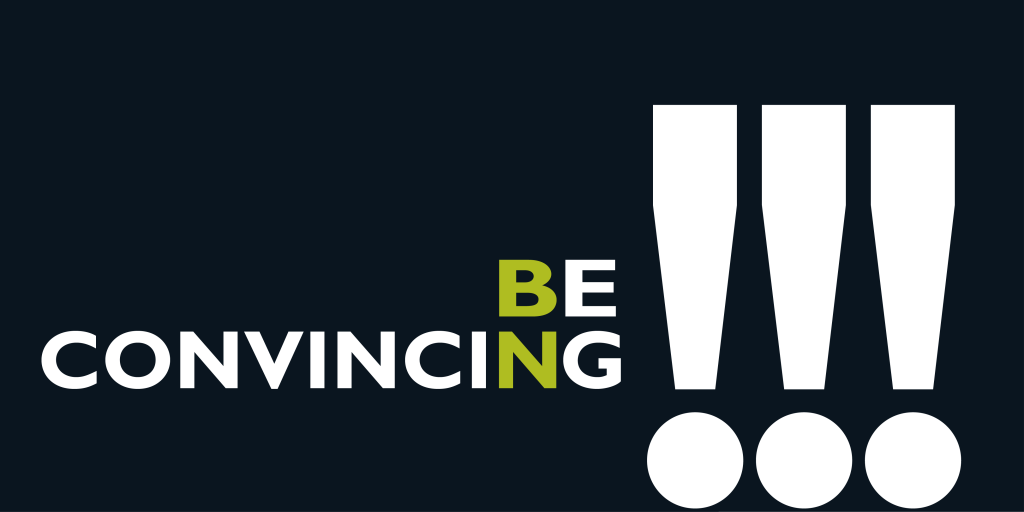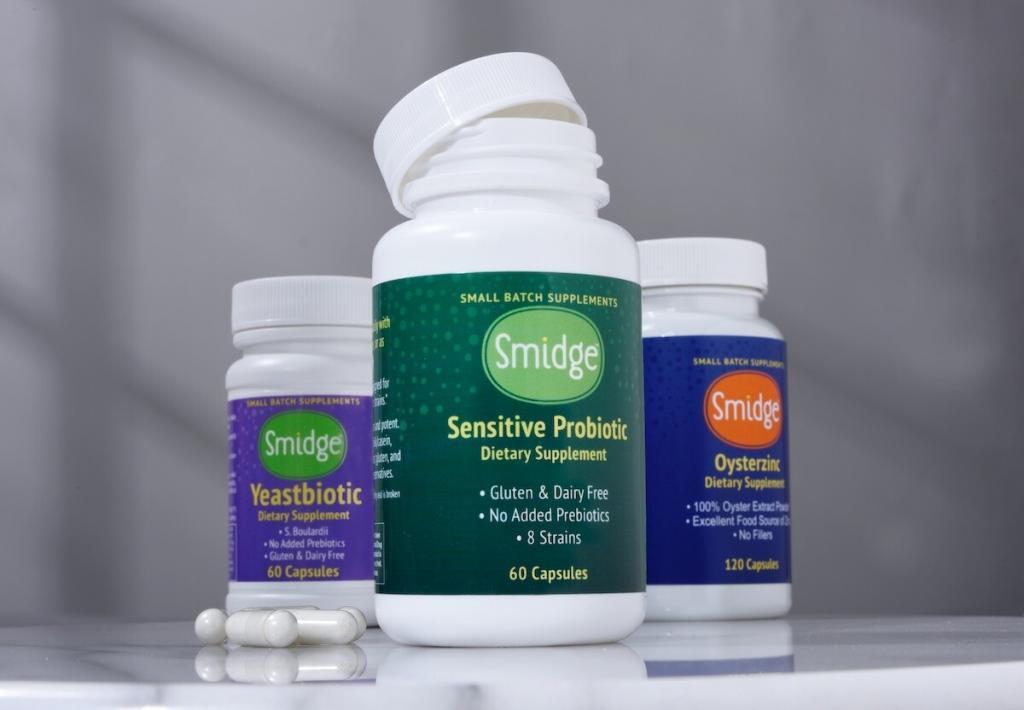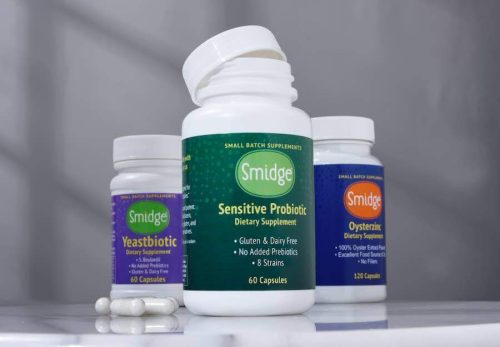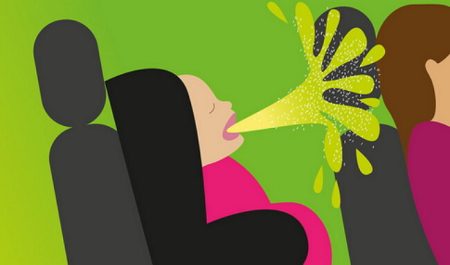![]()
Ever since the COVID pandemic every category in the e-commerce industry has been growing like a weed plant. Everyone wants to know how to make their products look great online so they can cash in on the ecommerce gold rush.
Small, family-owned boutiques are starting their own online operations; Bricks and Clicks, it’s called.
Manufacturing companies are side-stepping traditional middlemen and jumping into direct-to-consumer sales. It’s a much better business model for many of them.
And every little start-up under the sun wants to build a Shopify store. It’s a great business model that offers all kinds of potential, especially for people who keep an eye on design, persuasion architecture, copywriting and user experience.

Unfortunately, most e-commerce operators do not.
Eighty percent of all e-commerce sites are plain, templated, and boring-looking at best. The owners simply follow the Shopify templates, like paint-by-numbers.
Another ten percent are schlocky, hard to use and ineffective at selling anything… Probably pre-Shopify, custom built sites.
So the good news is, you should be able to out perform 90% of the competitors in your niche, if you do a few things really well.
If your products are beautifully photographed and persuasively presented you’ll differentiate your brand and you’ll sell a lot more stuff online.
Specifically, you’ll see increases in the number of visitors that convert, the average order value, and the frequency of purchase… the three most important metrics in ecommerce.
But you have to look sharp, be convincing, AND make life easier for the shopper.
I’ve seen many companies spend a lot of money to design their brand identity and develop state-of-the art ecommerce systems, only to neglect the most basic elements of online sales.
Those basics are: Photography and copy. Putting words and pictures together to tell a compelling short story about every product you sell.
The “best practices” in Ecommerce consist of product photos on a white background with just a short, factual description stuffed with keywords from a spreadsheet.
But best practices in this case, are nothing more than pooled ignorance. Just the facts won’t cut it if you want to differentiate your ecommerce store and sell a lot of product.
The fact is, words matter a lot more than you may think.
Many people are NOT visual learners who just go with whatever pretty pictures they find. And a fair portion of your users will click and scour and read and study and fret and circle around three times before they buy.
You need the sizzle, but you also need the steak. You need to put some meat on those marketing messages for people who are seriously interested in products.
You need content that covers all types of buyers: Lookers and learners. Analytical and emotional. Fast and slow. Male & Female. Optimist and pessimist. It’s a balanced, yin-yang approach that achieves the best response.
Want to make your products look great online? Start with your product design and your packaging design.
If you’re selling your own products on your own ecommerce store you have a huge advantage. Your product design can be your #1 selling tool. Your packaging design #2. And your website design is #3. In a perfect world, your website design would complement both.
Look at Marmot.com for a good example. They’ve done a great job of showing off the quality of their products.
Great product and packaging design takes a lot of the pressure off your ecommerce presentation, but it shouldn’t be an excuse to cut corners.
“We just let the product speak for itself,” is a cop-out phrase I’ve heard too many times.
If you’re selling other people’s stuff on your ecommerce store the photography and online sales pitch become even more important.
That’s all you have to differentiate your e-commerce brand from all the other online retailers who are selling the same thing. You can’t just pick up the manufacturer’s product descriptions and stock photos and expect to move a lot of product.
It’s your store. It needs your own special touches. If it looks, feels and sounds just like all the other ecommerce stores in your niche, you’re going struggle.
Customers are attracted to products with unique designs, and websites that showcase those products in innovative and unexpected ways. That’s how you get repeat business and build brand loyalty.
More than just pretty pictures — Great photography pays for years.
According to the US National Retail Federation, 67% of consumers consider the quality of your product images to be ‘very important’ when making online purchase decisions.
Since they can’t touch the products, prospective customers rely heavily on your photography. So you need to ensure that your images work hard and portray as much detail as possible.

There are three types of images that are important to include…
1. Standard, straight-on shots with a white background. Plain visual documentation is a necessary evil in ecommerce. These not-so sexy images show the practical side of your product from various angles.
In the food business, for instance, you have to include a clearly readable photo of the nutrition facts panel. If there are important differentiating features, like zippers in a jacket, include extreme close-ups of those.
2. Hero shots. Don’t settle for the same-old standard shots of your product. Give the shopper multiple angles in optimal lighting. Kitten it up a little bit. Even pill bottles can be given a personality.
3. Lifestyle images. Show how the product fits into people’s lives. Get photos that tell stories and take people places. Showing the product in action is also a good idea, preferably in believable, real-word situations.
You don’t need better product descriptions. You need actual copywriting.
Making your products look good online also means making them sound irresistible in your copy. Every product has a story. You just have to find a good way to tell it.
Unfortunately, most product descriptions are nothing more than an afterthought; The last, nagging, pain-in-the-ass detail in the long, tedious process of building an ecommerce store.
It’s too bad, because those business owners are leaving a lot of money on the table. Descriptions tell. Great copy sells.
In order to write convincing product copy you need to start with a thorough understanding of wants, needs, desires and habits of your customer base.
They might not be buying your product for the obvious reasons. In fact, there’s almost always ulterior motives involved in any purchasing decision.
Knowing those motives and tapping into the emotional side of the decision can mean the difference between mediocre sales and off-the-chart success.
But there are millions of business owners who know their market inside and out and still can’t write a convincing paragraph of copy. If it were easy there’d be millions of wealthy e-commerce owners and no market for professional copywriters.
Writing compelling sales copy is completely different than writing blog articles or social media posts. Quite often, it’s what you don’t say that’s the most critical element of the pitch. Writing long is easy. Short and sweet is much more difficult.
If you struggle with that, it’s probably best to outsource it to a pro. Your time will be better spent elsewhere, and your conversion rates will improve.
Whatever you do, don’t outsource your copywriting to an SEO specialist or some sort of AI software that “automatically generates sales copy from your keyword list.” It might work for on the Google spiders, but it won’t work on humans. It’ll be soulless. Pedantic. And OFF brand.
Obviously, it’s a good idea to incorporate SEO keywords in your sales copy, but that’s not where good writing starts.
A real pro starts with the emotional hook — the pain point — and builds a compelling story around that. Along the way, she’ll weave the keywords seamlessly into the narrative.
No computer can replicate that.
If you insist on the DIY approach, here are some of the best tools that can transform your ecommerce presentations from average to amazing.

There are countless free or low-cost eBooks and tutorials that explain the design process and help you come up with aesthetically pleasing products yourself.
Free learning hubs like Coursera and ALISON offer plenty of short, interactive courses on product design and eCommerce, as do eLearning platforms like those of the New Jersey Institute of Technology and MIT.
Platforms like Product Design Resources and Inspiration Feed offer plenty of downloadable eBooks packed with tips on designing and photographing products that will sell.
Product School also boasts a collection of free online resources for product managers, including courses, webinars, and free product master-classes.
According to Forbes, multiple studies have revealed that larger images improve your sales conversion rates. Again, see Marmot.
Tiny thumbnails might look neat at first glance, but they aren’t able to convey the detail, features and quality of your products accurately to your customers.
There are plenty of digital tools that you can use to enlarge your product photographs without sacrificing their quality.
Some of the more popular tools among eCommerce store owners include Vance AI Image Enlarger, ImgLarger, Deep Image, and Deep AI. Adobe PhotoShop CC is another great option if your budget allows for it.
You can use tools like Compressor.io to compress your product images to thumbnails while maintaining their quality. Smushit.it, RIOT and Puny.png to optimize the quality and orientation of your images.
Tools like Kraken.io will help you crop and resize your product pictures so that your products always look great online.
If you don’t have the time or the artistic inclination, you can always reach out to us for help.
Of course, Selling products at the right price also helps, but the price tag won’t matter if your products don’t look good and sound appealing.
Here’s the bottom line from a branding standpoint: You can have a great brand identity, and a nicely designed ecommerce store, but if your products don’t look good and sound appealing your snazzy brand is like icing on a cardboard cake.
If you’d like help sprucing up your ecommerce store, contact us here. The first meetings are always free.
![]()


